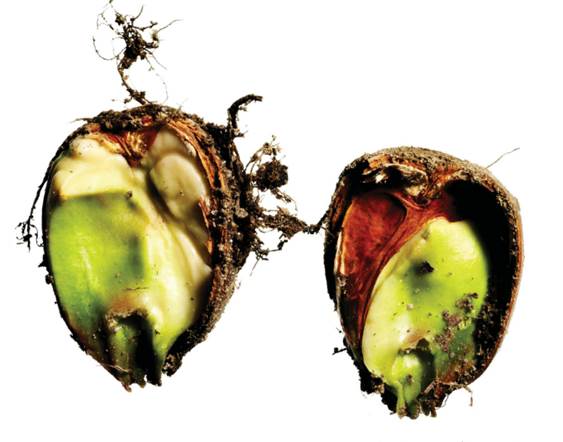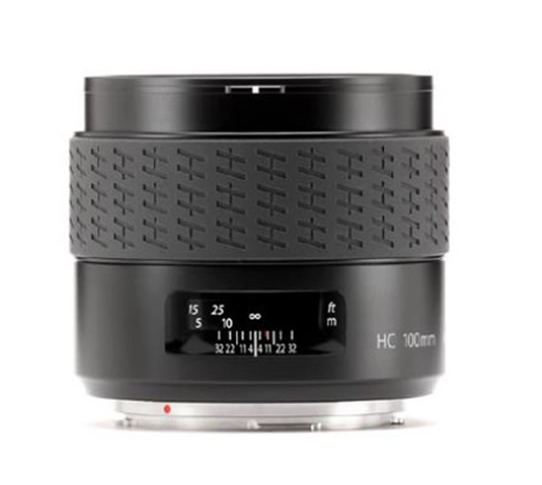The wonderful thing about really close
close-up photography is that it lets you examine a world of fascinating detail
that surrounds us 24/7 – detail of which we’re largely unaware. Boston-based
photographer Bruce P. was reminded of this while doing, of all things, yard
work.
While P. shoots products and advertisements
for nationally known clients during the work week, he also regularly takes on
personal projects. Such as acorns. “I live north of Boston in a house that sits
under a canopy of oak trees, and every few years we get bombarded by acorns. If
you don’t pick them up in fall, they sprout in the spring. One day, I was
collecting acorns, suddenly noticed how interesting and beautiful they were”.
He took the best specimens into his studio,
and, between jobs, focused in close on them with the help of a powerful macro
rig. The resulting series of otherworldly photos – strange in an
alien-space-pod way – is showcased at brucepeterson.com.
P. offers a number of tips for killer
close-up photos. First, start with a great macro lens that focuses close and
offers strong subject magnification – preferably 1:1 (life-size). To get even
closer, try an extension tube. These are inexpensive, easy to use, and will
reward you with much greater magnification.

Besides
acorns, P. has also made personal projects of shopping bags and toy soldiers.
To really showcase your subjects, shoot
them against a blindingly bright background. And to obtain maximum white back
there without producing flare that can blow out edge detail, P. recommends
shooting a second exposure that will serve as a mask for Adobe Photoshop. He
does this by making a back-lit exposure of the subject with the front light
turned off. He then uses this crisp silhouette as a layer mask that allows him
to easily remove the background in his front-lit image and replace it with an
edge-to-edge, evenly bright white.

For
his close-up shot of an acorn, Bruce P. used a Hasselblad H2F, since replaced
by the H5D
Finally, P. says, “a tip for lighting
close-ups is to use the edge of the light – meaning don’t point it right at the
subject, but use its edge and not the hottest part of the light. You’ll have
much more control and get a better shape”.

His
lens was the Hasselblad 100mm f/2.2 HC and he lit the set with Broncolor Topaz
power packs and primo strobe heads.
Step 1: Find a subject
The best are often small-scale, quirky
objects that we tend to take for granted and rarely really look at. You want
objects with color, texture, detail, and character.
Step 2: Gather your gear
Use a sharp, high-magnifying macro lens and
a tripod that will allow you to aim your macro rig straight down. Because
you’ll need great depth of field, your light should be bright enough for
small-aperture shooting. P. likes to feature hard light on the front of his
subject for its ability to record detail precisely.
Step 3: Build your set
P.’s backlight was a Broncolor strobe
diffused through a sheet of white acrylic. To prevent backlight flare from
washing out the acorn’s edges, he placed his subject on a sheet of clear glass
that he suspended about a foot above the acrylic sheet. To minimize lens flare,
he surrounded the acorn with black cards.
Step 4: Make your exposures
Use a cable release, self-timer, or
electronic remote release to prevent camera shake. Braket exposure extensively,
and experiment with main light placement to create the best shape-defining
shadows a across the subject surfaces.
Final step: Fine-tune in software
For larger subjects, P. recommends focus
stacking using Helicon Focus. This program lets you bracket your focus and
combines the sharpest parts of the brackets to produce a single uniformly crisp
image.